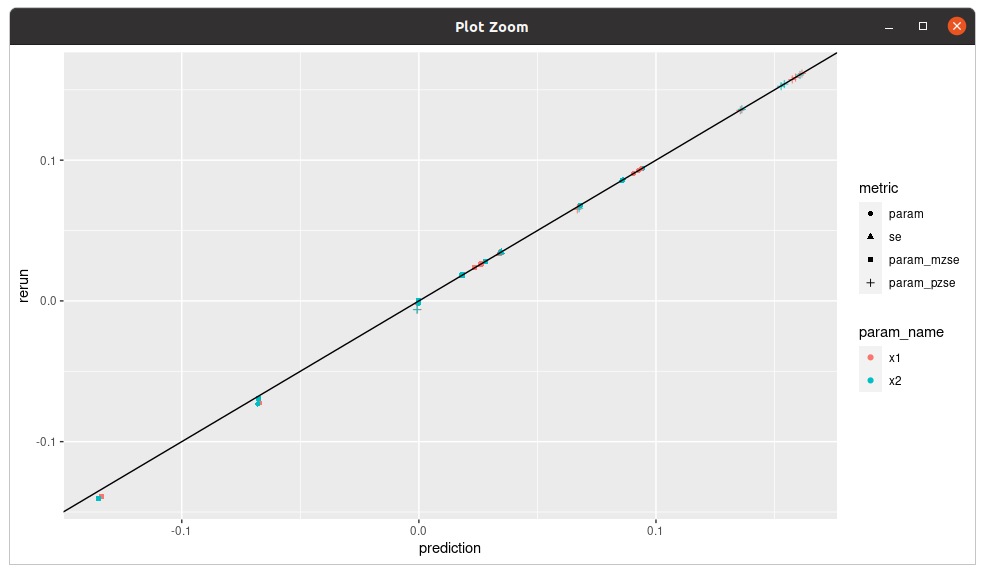An Automatic Finite-Sample Robustness Metric: When Can Dropping a Little Data Make a Big Difference?
Study samples often differ from the target populations of inference and policy decisions in non-random ways. Researchers typically believe that such departures from random sampling -- due to changes in the population over time and space, or difficulties in sampling truly randomly -- are small, and their corresponding impact on the inference should be small as well. We might therefore be concerned if the conclusions of our studies are excessively sensitive to a very small proportion of our sample data. We propose a method to assess the sensitivity of applied econometric conclusions to the removal of a small fraction of the sample. Manually checking the influence of all possible small subsets is computationally infeasible, so we use an approximation to find the most influential subset. Our metric, the "Approximate Maximum Influence Perturbation," is based on the classical influence function, and is automatically computable for common methods including (but not limited to) OLS, IV, MLE, GMM, and variational Bayes. We provide finite-sample error bounds on approximation performance. At minimal extra cost, we provide an exact finite-sample lower bound on sensitivity. We find that sensitivity is driven by a signal-to-noise ratio in the inference problem, is not reflected in standard errors, does not disappear asymptotically, and is not due to misspecification. While some empirical applications are robust, results of several influential economics papers can be overturned by removing less than 1% of the sample.
PDF Abstract